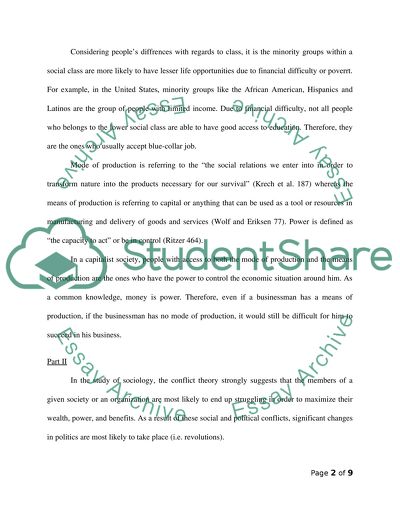Cite this document
(“Social Classes and Social Credit Assignment Example | Topics and Well Written Essays - 1500 words”, n.d.)
Social Classes and Social Credit Assignment Example | Topics and Well Written Essays - 1500 words. Retrieved from https://studentshare.org/sociology/1399970-sociology
Social Classes and Social Credit Assignment Example | Topics and Well Written Essays - 1500 words. Retrieved from https://studentshare.org/sociology/1399970-sociology
(Social Classes and Social Credit Assignment Example | Topics and Well Written Essays - 1500 Words)
Social Classes and Social Credit Assignment Example | Topics and Well Written Essays - 1500 Words. https://studentshare.org/sociology/1399970-sociology.
Social Classes and Social Credit Assignment Example | Topics and Well Written Essays - 1500 Words. https://studentshare.org/sociology/1399970-sociology.
“Social Classes and Social Credit Assignment Example | Topics and Well Written Essays - 1500 Words”, n.d. https://studentshare.org/sociology/1399970-sociology.


